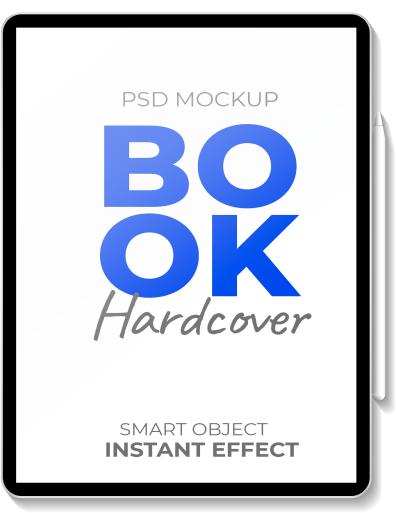
NEWSLETTER
Wpisz swój adres e-mail i zyskaj e-booka
Bez niechcianej poczty ani reklam
Tylko merytoryczne treści z obszaru digitalizacji produkcji

Design Thinking is a method of solving challenges based on creativity and innovation. It uses techniques from the design field to effectively address various difficulties. Key elements of the method include empathy toward users, team collaboration, iterative prototyping and a focus on practical application of solutions. What is Design Thinking and what power can it give to your company when combined with the idea of Insights Discovery?
Design thinking, also known as Design Thinking, is a sophisticated methodology for innovation and problem solving. It is characterized by a humanistic approach and interdisciplinarity, which makes it extremely effective in the context of working with people. The process involves an in-depth analysis of user needs and experiences. This makes it ideal for developing innovative products, services, processes and strategies, among other things. An example of the initial stage in design thinking is empathy, understood as getting to know users in depth through methods such as interviews, observations or workshops. This allows us to reliably identify their problems, expectations and experiences.
A great example of how to use the stages of Design Thinking would be to refer to some good reading written by Mr. Thomas Erikson titled. “Surrounded by Idiots” which is a popular guide to communication and interpersonal psychology. In general, you can find more about the potential of color psychology in the article“Discover the potential of the team – Insights Discovery Method“. In the book, meanwhile, Erikson uses the DISC communication model (or, more specifically, Insights Discovery) in detail to explain differences in the ways people communicate and behave. The model divides personality types into four main categories, referred to as:
You can combine the method with the book given above by applying the principles of Design Thinking to better communicate and understand the diversity of personalities described by Erikson.
Example of use
During the process of designing a product or service according to the Design Thinking approach, the team can take into account the diversity of personalities among potential users. Instead of assuming that everyone will react and use the product/service in the same way, the team can conduct research on different communication styles and behavioral preferences using Erikson’s DISC model.Then, using this information, the team can adjust the design to accommodate the diversity of user needs and preferences.
When designing an interactive mobile app, understanding that some users may prefer clear, lucid instructions (the “blue” type), while others may prefer a more emotional and engaging approach (the “yellow” type), can influence the way content and interactions are presented in the app.
The approaches described help solve problems and improve processes by focusing on user needs and iteratively testing and adjusting solutions. The methods improve quality and efficiency in many ways.
Design Thinking, which is the subject of today’s article:
In conclusion, the Design Thinking method is an extremely useful tool for improving the quality and efficiency of work and all professional activities. This is because it focuses on the needs of users, promotes creative thinking and experimentation. In addition, it supports collaboration and interdisciplinarity, and encourages continuous learning and improvement.
You can find similar content on my profile on Linkedin. Feel free to visit!